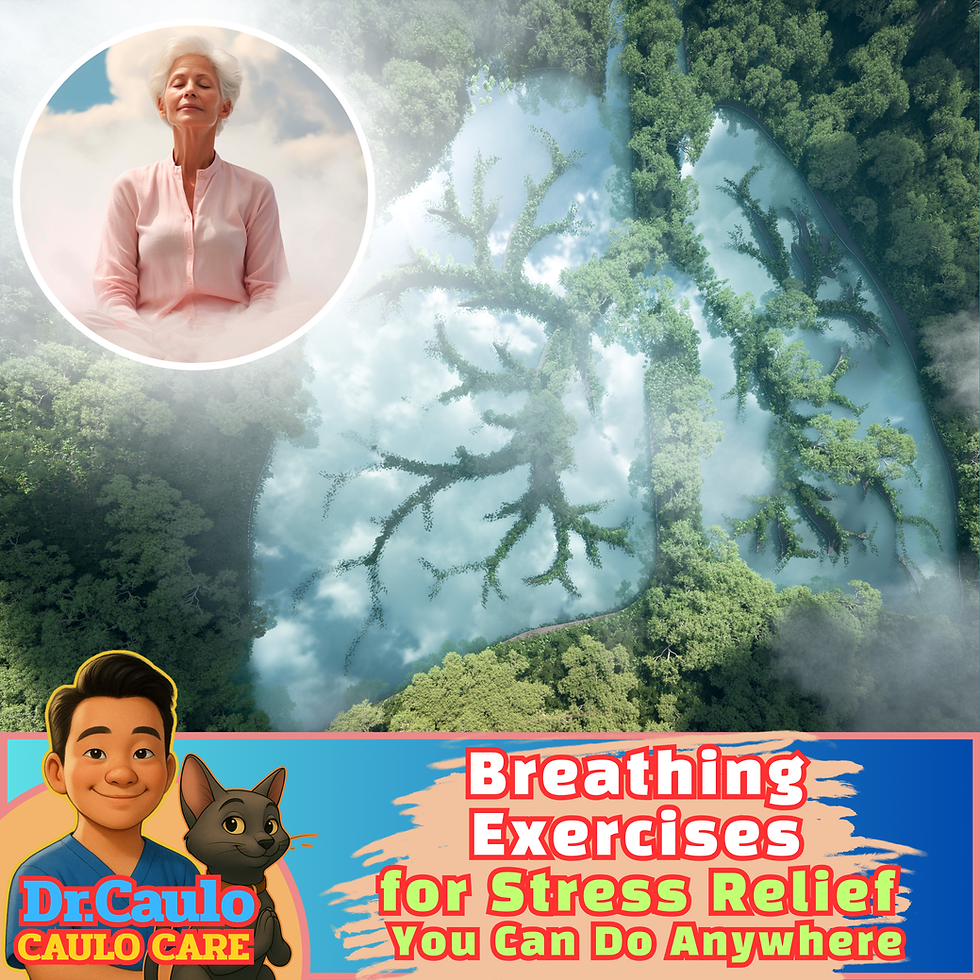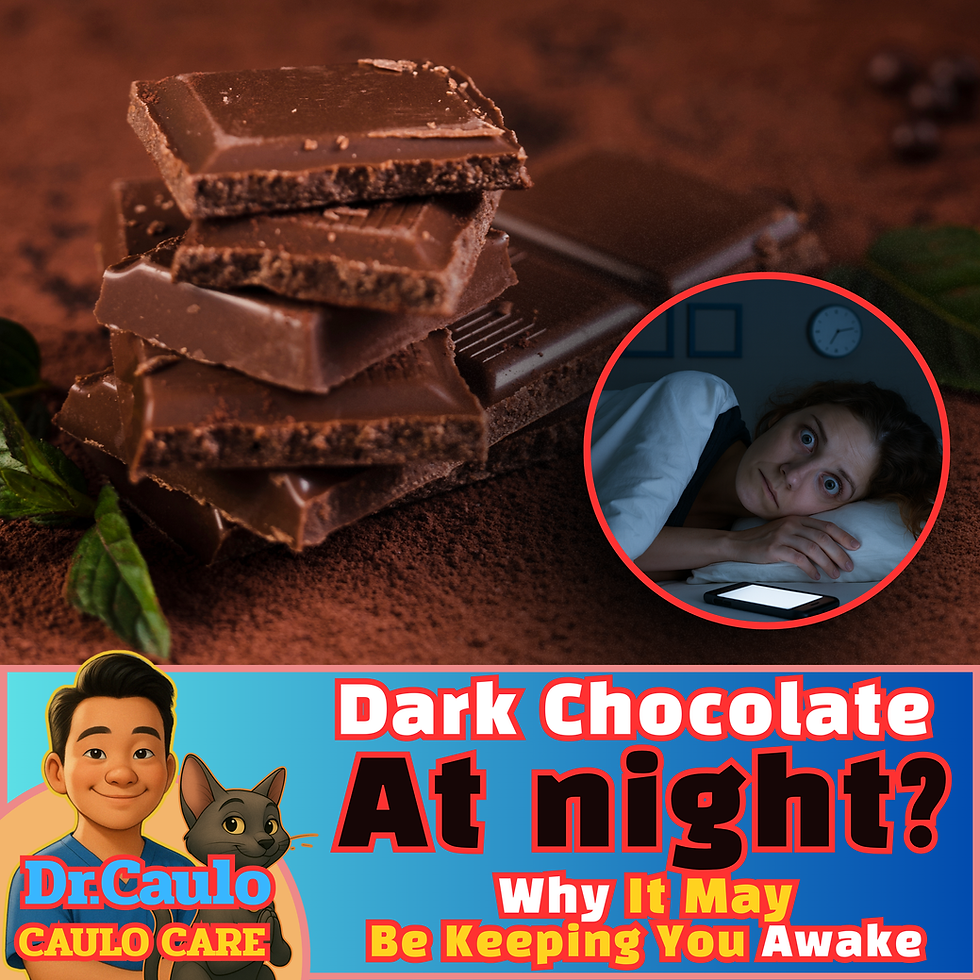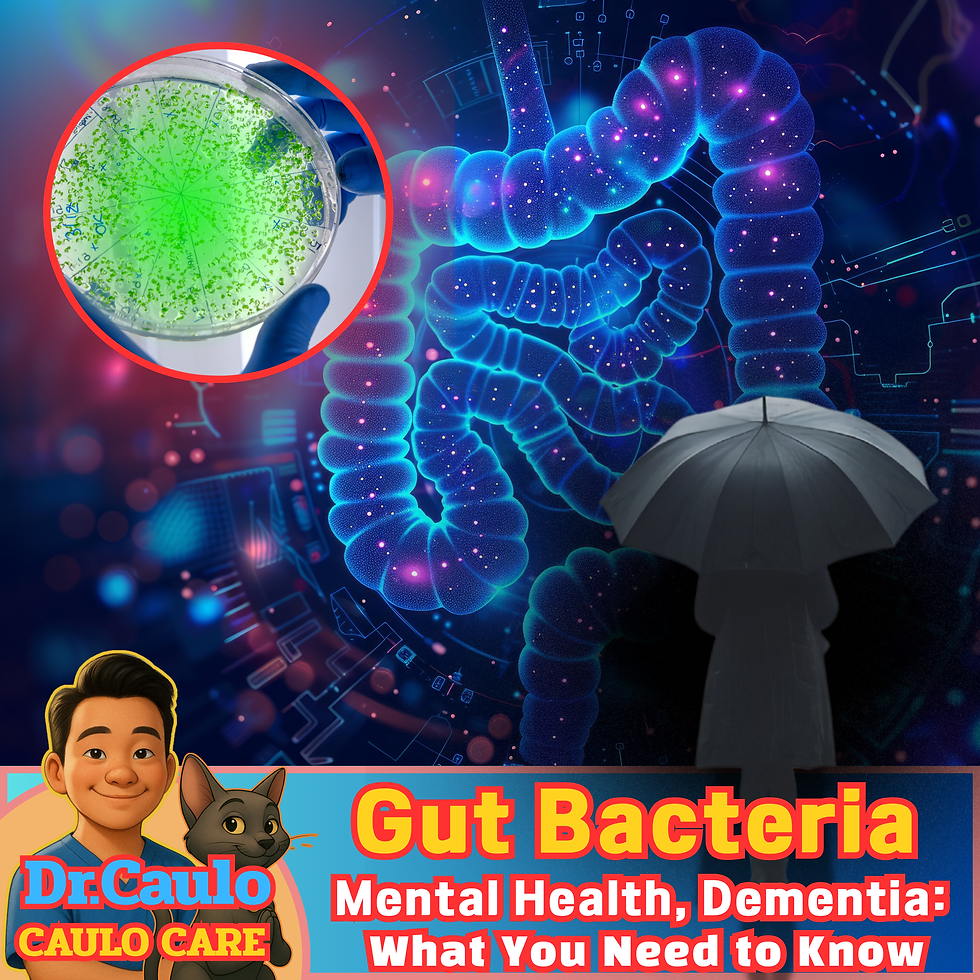“Are You Really Allergic to Milk? The Truth Behind Asian Lactose Intolerance”
- caulocare
- May 24
- 3 min read

Do 90% of Asians Have Trouble Digesting Milk?
The Genetic Reason Your Body Says "No" to Dairy
By Dr. Phumlarp Caulo, Caulo Care Acupuncture, New York, May 24, 2025
🧠 1. What Is Lactose Intolerance?
Lactose intolerance is not a true allergy, but rather a digestive condition. Here's how it works:
Lactose is the natural sugar found in milk and dairy products.
Lactase is the enzyme in your small intestine that breaks lactose down into glucose and galactose for absorption.
If your body doesn’t produce enough lactase, undigested lactose ferments in the colon. This can lead to:
Gas
Bloating
Cramping
Diarrhea
In short, People who are “intolerant” aren’t allergic to milk—they simply lack the enzyme to digest it properly.
🧬 2. Why Do Asians Produce Less Lactase?
After weaning, most mammals—and most humans—stop producing lactase. However, some populations evolved differently.
Northern Europeans developed a genetic mutation that allows them to produce lactase into adulthood—a condition known as lactase persistence.
This adaptation is linked to cultural dairy consumption over generations.
📖 Nature Genetics research confirms that lactase persistence is common in Northern Europe but very rare in East Asia.
🐄 3. A Brief History of Dairy and Humans
Ancient Egyptians depicted cow milking in tombs as early as 2000 BC (e.g., Saqqara murals).
In Europe, cheese and butter production began in the Neolithic period.
In Asia (China, India, Thailand), dairy was not a staple in traditional diets.
This historical dietary difference shaped the way our genes evolved to process—or reject—milk.
⚠️ 4. Common Symptoms of Lactose Intolerance
Abdominal pain soon after drinking milk
Bloating and excessive gas
Loose stools or diarrhea
Nausea after dairy consumption
🥛 5. Dairy-Free and Tolerant Alternatives
For those who are lactose intolerant, here are practical options:
Plant-based milks: Almond, soy, rice, oat milk
Aged cheeses or yogurt: Lower in lactose and easier to digest
Lactose-free milk: Pre-digested lactose, safe for most
Lactase supplements: Tablets taken before consuming dairy
🌍 Lactose Intolerance by Ethnicity: A Global Comparison
East Asians (Thai, Chinese, Japanese, Korean)
🧬 80–95% lactose intolerance
Low lactase persistence due to genetic makeup
South Asians (India, Pakistan, Bangladesh)
🧬 60–80% affected
Some Northern Indian groups tolerate dairy due to a milk-rich culture
Africans and African Americans
🧬 70–80% affected
Certain groups (e.g., Maasai) tolerate dairy due to traditional milk consumption
Latin Americans (Mexico, Peru, Brazil)
🧬 50–80% affected
Mixed European and Indigenous ancestry affects tolerance
Southern Europeans (Italy, Spain, Greece)
🧬 30–60% affected
Adaptation via fermented dairy, like cheese and yogurt
Northern Europeans (UK, Germany, Scandinavia)
🧬 Only 5–15% affected
High lactase persistence due to a mutation for lifelong digestion
European Americans
🧬 10–25% affected
Varies by heritage; Northern lineage typically tolerates milk well
✅ Conclusion: What This Means for You
The ability—or inability-to—to digest milk is not a flaw, but a reflection of your genetic heritage and ancestral diet. For the majority of East Asians, including Thais, lactose intolerance is the biological norm. It’s not a disease. It’s a natural variation in how human bodies have adapted—or not—to dairy over centuries.
Understanding your body’s response to milk can empower you to make smarter dietary choices. With today’s wide range of alternatives—from lactose-free milk to plant-based options and enzyme supplements—there’s no need to suffer symptoms or feel excluded from dairy-rich foods.
At Caulo Care Acupuncture, we believe that wellness begins with listening to your body and honoring your biology and culture. Whether through personalized nutritional advice or integrative therapies, we help you create a path of healing that fits you.
📚 References & Scientific Sources
Nature Genetics: “Genetic determinants of lactase persistence”
National Institutes of Health (NIH): Lactose Intolerance Factsheet
Evershed, R.P. et al. “Earliest dairying in the Near East,” Nature, 2008
Swallow, D.M.. “Genetics of lactase persistence and lactose intolerance,” Annual Review of Genetics, 2003
UNESCO Nutrition Anthropology Reports
This information is only educational and should not be construed as medical advice.
Everything must be balanced, and the suggestions may not apply to you.
A specialist doctor should be consulted for any medical advice or diagnosis.
BOOK AN APPOINTMENT NOW!
Acupuncture near me at Forest Hill, NY
🔶🔷🔶🔷🔶🔷🔶🔷🔶🔷🔶🔷
Dr. Phumlarp Caulo LA,c, MAc. OM, DAHM
Doctor of Acupuncture/Chinese Medicine
Caulo Care Acupuncture
🔖 By appointment only
☎️+1 (929) 269-4549




Comments